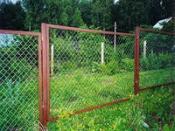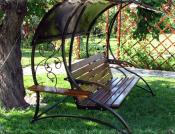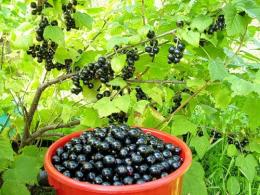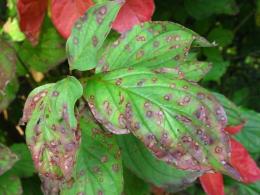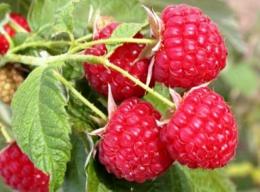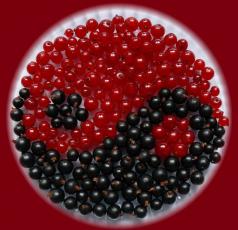Search
Login
Recommended
JUNIOR SITE
Ornamental and medicinal plants on the site. Lavender: planting and care
According to the original source, lavender is a plant that got its name from the Greek lava, which in Russian means washing. This determines its primary historical purpose and indicates that the ancient Greeks and Romans considered lavender to be a plant intended for washing and washing.
see also:
Work in the garden. Fertilizing fruit trees and shrubs in summer
The productivity of fruit crops and their stable growth are significantly affected by timely top dressing, which must be carried out regularly and taking into account the growing season of plants.
Fertilizing fruit shrubs and trees in the summer is an integral part of competent garden care. When organizing feeding the garden, it is important to take into account the peculiarities of the development of the root system, shoots and the timing of fruiting of trees and shrubs. Such an approach will protect plants from certain diseases, increase frost resistance and provide a stable harvest of the current and next year.
see also:
Ornamental and medicinal plants on the site. How to grow and keep winter lavender in central Russia
The plant with the romantic name lavender is most likely familiar to us from songs and poems. In fact, the plant deserves the attention of poets: it has a very attractive appearance. A low bush, with a height of 15 to 60 cm, is extremely branched, crowned with light green leaves. During flowering, and it lasts throughout July-August, the plant is covered with numerous inflorescences, which can include up to 10 small flowers. The whole plant, and especially the flowers, exudes a very delicate and delicate aroma. Flowering fields look impressive, especially if they are located on the mountain slopes.
see also:
Ornamental and medicinal plants on the site. What is goji berry - planting, growing and care
Want to grow something special on your site? For example, an exotic, but completely unpretentious shrub with beautiful flowers and leaves, an easily formed crown and the same beautiful and very useful berries? Then, meet: goji bush!
see also:
Currant: currant disease, currant pests. Ways to combat diseases and pests
Currant is an extremely healthy berry, it has high palatability, it can be consumed fresh and canned, dried and frozen. But only those who want to grow this wonderful berry on their plot will have to master not only the basic principles of planting, cultivation and reproduction. You will also need to study the recommendations of agronomists and learn how to deal with diseases and pests of currants, which can damage the bushes. It should be noted that there are not a few of them - more than seventy species.
see also:
Raspberries: raspberry disease, raspberry pests. Ways to deal with raspberry diseases and pests
There are many paradoxes associated with the amazing raspberry berry, about which legends are passed down from generation to generation. First of all, the raspberry family is surprising, which, in fact, is not even a shrub, but just a shrub grass. Raspberry, being the number one folk remedy for respiratory viral diseases, rich in vitamins, trace elements and pectins, is itself under the daily supervision of a huge number of pests and is at risk of many viral and fungal infections.
see also:
Raspberries: new high-yielding varieties, preservation of raspberry plantings in winter
The arrangement of raspberries is a good solution for everyone who wants to please themselves and their relatives with a fragrant berry, which is recognized as a storehouse of vitamins. Despite the difficulty and specifics of care, it is difficult to find gardeners who refused to cultivate demanding berries. The raspberry-prone disease, which yields a high yield only when there is a large amount of free space, has become the subject of debate among the breeder community, and in connection with this, high-yielding repair varieties that have become universal favorites were bred.
see also:
Currants: new high-yielding varieties, preservation of plantings of currants in winter
Over the past ten years, significant progress has been observed in the selection of red and black currants. The productivity of a number of varieties has increased, tastes and medicinal properties have improved, as well as increased resistance of currants to frost, some diseases and pests.
Consider the characteristics of the best varieties of currants and describe in detail how to organize a wintering for a fruit shrub in order to maintain its high yield for the future period.

